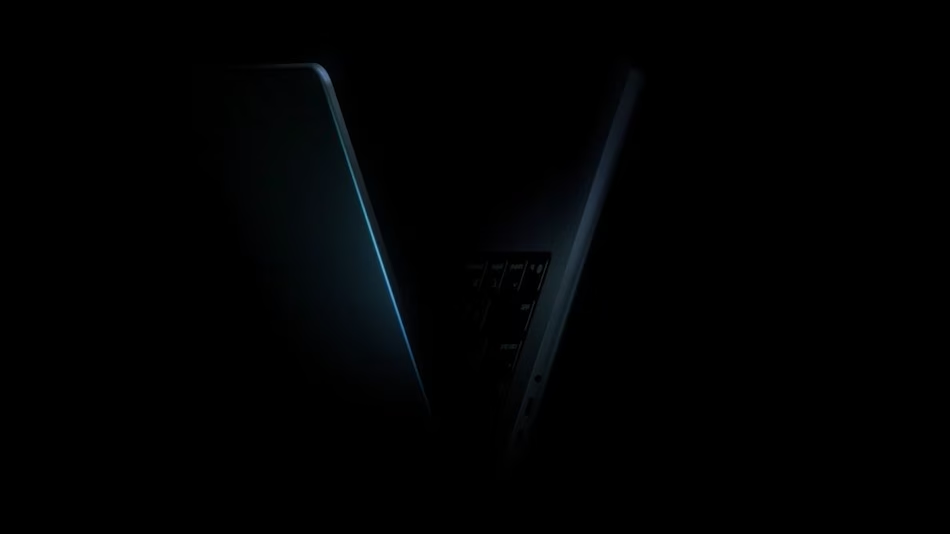- Featured
- New Mobiles
- Find New mobiles
- Latest Mobiles
- Upcoming Mobiles
- Popular Mobiles
- Gaming Mobile
- Compare Mobile
- Budget
- Under 10,000
- Under 20,000
- Under 25,000
- Under 30,000
- Under 35,000
- Under 40,000
- Under 50,000
- Over 50,000
Ad

Chat Gpt 4:State of the Art?
Follow Us:
4,149 views
Each 1,000 "prompt" tokens (about 750 words) costs $0.03, and each 1,000 "completion" tokens costs $0.06. (again, about 750 words). The word "fantastic" would be broken up into the tokens "fan," "tas," and "tic" to represent raw text. While the content produced by GPT-4 is known as completion tokens, prompt tokens are the word fragments that are supplied into GPT-4. As "the latest milestone in its drive to scale up deep learning," the startup OpenAI has introduced GPT-4, a potent new AI model that can understand both text and images.
Using ChatGPT Plus, OpenAI's paying clients can now use GPT-4 (with a usage cap), and developers can sign up for a waitlist to acquire access to the API.
Costs for 1,000 "prompt" tokens (about 750 words) are $0.03 and $0.06 respectively. (again, 750 words or so). The tokens "fan," "tas," and "tic" would be divided into the word "fantastic" to reflect the raw text. Whereas prompt tokens are the supplied word fragments to GPT-4, completion tokens are the material that GPT-4 produces.
GPT-4 performs at "human level" on a variety of professional and academic benchmarks, can generate text, and can accept both text and image inputs, an upgrade above GPT-3.5, which only accepted text. For instance, GPT-4 successfully completes a mock bar exam with a score in the top 10% of test takers, but GPT-3.5 received a score in the bottom 10%.

According to the business, OpenAI spent six months "iteratively aligning" GPT-4 utilising lessons from ChatGPT and an internal adversarial testing programme. This process produced "best-ever results" on factuality, steerability, and refusing to cross guardrails. Similar to earlier GPT models, GPT-4 was trained using data that was both publicly accessible and licenced by OpenAI.
GPT-4 was trained using a "supercomputer" that OpenAI and Microsoft built from the ground up on the Azure cloud.
In a blog post introducing GPT-4, OpenAI stated that the differences between GPT-3.5 and GPT-4 "may be modest in casual conversation". "When the task's complexity reaches a certain threshold, the difference emerges — GPT-4 is more dependable, inventive, and able to handle considerably more sophisticated instructions than GPT-3.5."
Without a question, GPT-4's capacity to comprehend both text and visuals is one of its more intriguing features. GPT-4 can caption — and even interpret — relatively complex photos, for example recognising a Lightning Cable converter from a picture of a plugged-in iPhone.

Now, not all OpenAI clients can use the picture understanding feature; instead, OpenAI is testing it first with just one partner, Be My Eyes. Be My Eyes' new Virtual Volunteer feature, which is powered by GPT-4, can respond to inquiries regarding photographs given to it. In a blog post, the business describes how it functions:
"For instance, if a user sends a picture of the contents of their refrigerator, the Virtual Volunteer will not only be able to recognise the items accurately, but will also be able to extrapolate and analyse what might be made using those ingredients. The application can then give a step-by-step instruction sheet along with many recipes for those ingredients.
The aforementioned steerability tooling could potentially be a more significant improvement in GPT-4. Developers can specify style and task by expressing precise instructions using the new "system" messages API feature that OpenAI is implementing with GPT-4. System messages, which will eventually be added to ChatGPT, are essentially directives that determine the parameters and tone for the AI's subsequent interactions.
You are a tutor who consistently reacts in the Socratic manner, for instance, according to a system message. Never provide the student with the solution; instead, always make an effort to pose the ideal query to encourage independent thought. You should always adapt your question to the student's expertise and area of interest by breaking it down into simpler components until it is at the perfect level for them.
OpenAI agrees that GPT-4 is far from ideal even with system messages and other changes. It still "hallucinates" things and commits logical mistakes, occasionally with a lot of conviction. A clear error was made by GPT-4 when it referred to Elvis Presley as the "son of an actor" in one of the examples provided by OpenAI. After the vast bulk of its data is cut off (September 2021), "GPT-4 generally lacks knowledge of events that have happened and does not learn from its experience," OpenAI noted. It occasionally exhibits simple reasoning flaws that do not seem to be consistent with its proficiency in so many other areas, or it may be unduly trusting when accepting blatantly fraudulent claims from a user. However, it occasionally makes the same mistakes in solving complex problems as people do, such as creating security flaws in the code it generates. But, OpenAI does acknowledge that it has made progress in some areas. For instance, GPT-4 is now less likely to reject requests for instructions on how to create hazardous substances. According to the business, GPT-4 is 29% more likely to react to sensitive requests, such as those for medical advice and information about self-harm, in accordance with OpenAI's policies, and is 82% less likely overall to answer to requests for "disallowed" content than GPT-3.5.
Clearly, there is a lot to learn about GPT-4. Nonetheless, OpenAI is moving forward at full speed, clearly confident in the improvements it has made.
Latest News





Reviews & Guides
View All

Sony BRAVIA 7 Mini LED K-65XR70 vs. Haier Mini LED H65M95EUX

Samsung QN90F (65QN90FAU) Review: The King of Bright-Room Viewing

LG QNED92: The QNED Powerhouse That's More Than a Bright Alternative

Haier M92: A New Contender in the QD-Mini LED Arena

Mirrorless vs DSLR: Easy Guide to Choosing Your First Camera

7 Common AC Mistakes That Increase Your Electricity Bill in India

How to Maintain Your Washing Machine to Increase Its Lifespan: A Comprehensive Guide for Indian Households

How to Choose the Right Refrigerator Capacity in India: A Comprehensive Buying Guide







